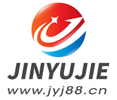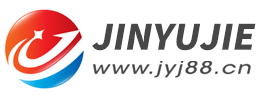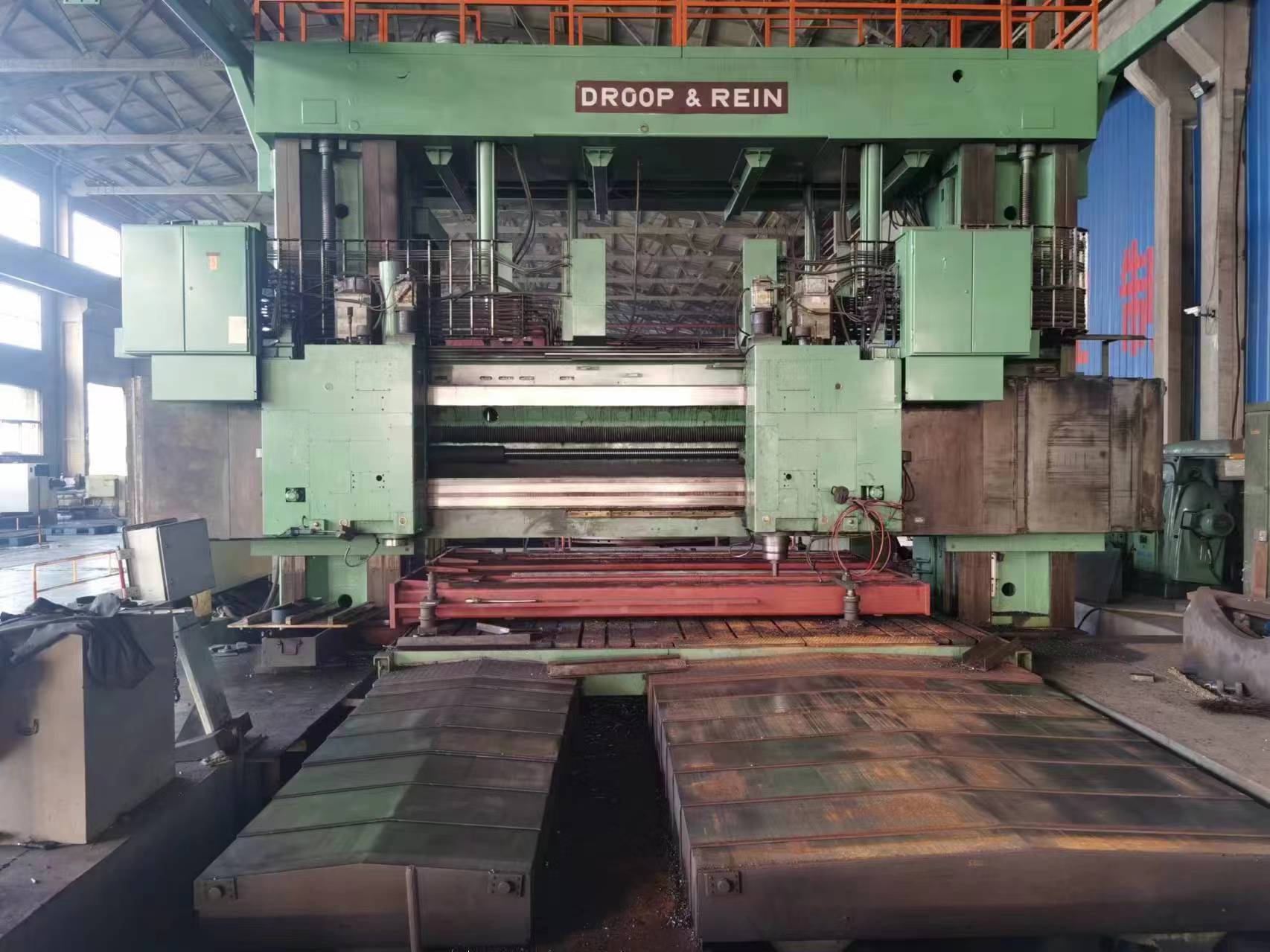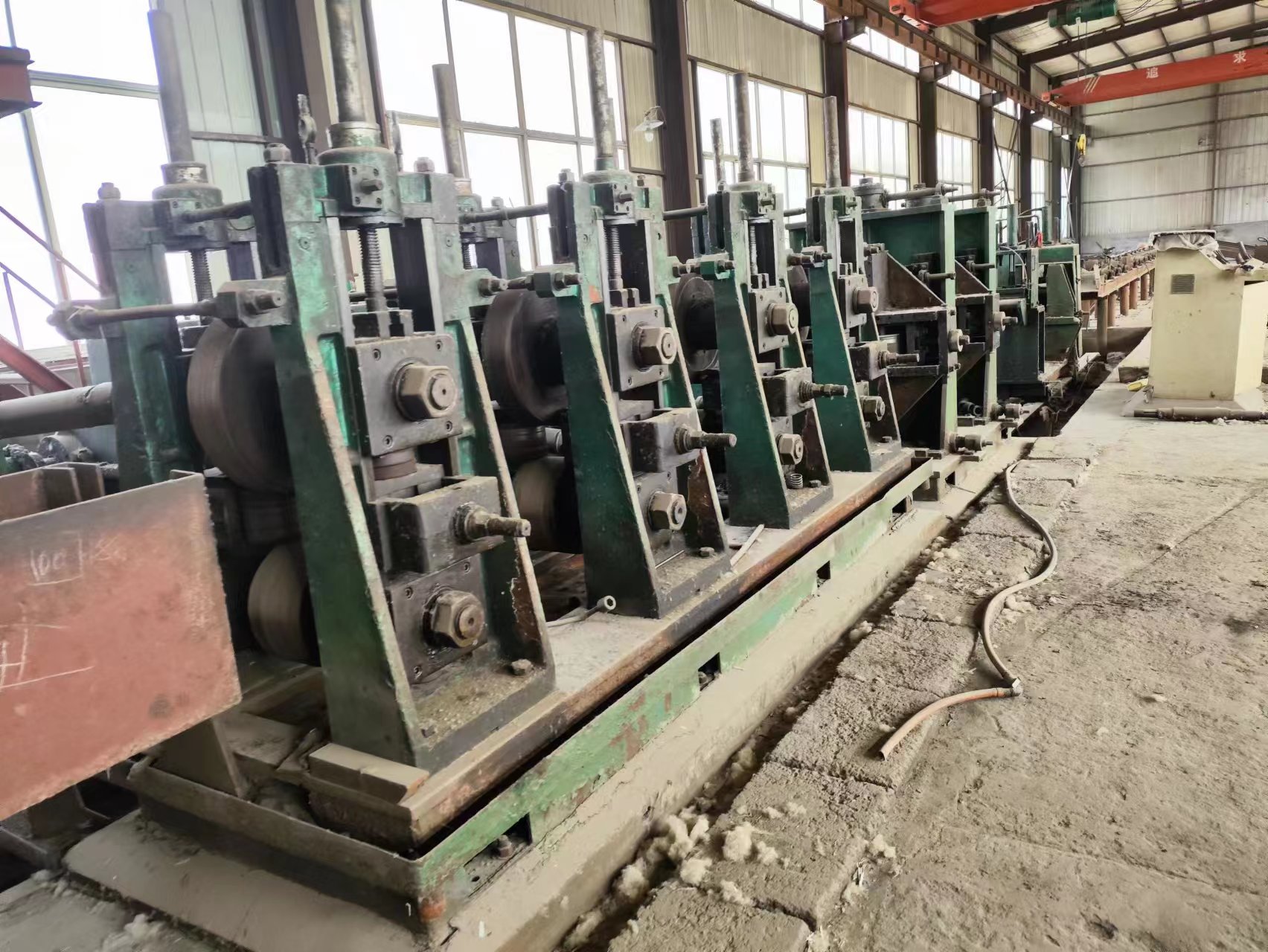Forming adjustment after roll change of cold roll forming machine
- Sort:Information
- Auth:
- Source:
- Release time:2023-04-06 11:30
- Pvs:
【概要描述】In addition to the need to change the rolls of the equipment, the general cold roll forming machine also needs to adjust the forming problems after the equipment is changed. The forming adjustment after the roll change can be divided into the adjustment of the forming bottom line and the adjustment of the forming upper roll.
Forming adjustment after roll change of cold roll forming machine
【概要描述】In addition to the need to change the rolls of the equipment, the general cold roll forming machine also needs to adjust the forming problems after the equipment is changed. The forming adjustment after the roll change can be divided into the adjustment of the forming bottom line and the adjustment of the forming upper roll.
- Sort:Information
- Auth:
- Source:
- Release time:2023-04-06 11:30
- Pvs:
In addition to the need to change the rolls of the equipment, the general cold roll forming machine also needs to adjust the forming problems after the equipment is changed. The forming adjustment after the roll change can be divided into the adjustment of the forming bottom line and the adjustment of the forming upper roll.
Bottom line adjustment
After the forming bottom line is determined, the bottom line adjustment of the roll is divided into three steps:
The first step is to use the calibration template to first calibrate the symmetry of the lower roll to the rolling center line, and then calibrate the symmetry of the vertical roll to the rolling center line. Regarding the symmetry of the vertical roll pass, it is first necessary to check the symmetry between the two vertical roll passes, and then we can talk about the symmetry of the rolling center line.
The second step is to check the heights of the bottom rolls of the lower roll and the vertical roll respectively, so that the throat diameter of the bottom roll and the rolling bottom line are at the critical point of contact and non-contact; the rolling bottom line of the formed vertical roll pass is at its theoretical arc the lowest point of the line.
In the third step, one person is responsible for a comprehensive inspection and review of the rolling center line and bottom rolling line of all lower rolls and vertical rolls.

Adjustment of forming upper roll
The main content of the adjustment of the upper roll of the cold roll forming machine is to make the hole pattern of the upper roll and the lower roll as symmetrical as possible and to control the roll gap. Different rolls have different adjustment steps.
(1) Confirm the axial assembly accuracy and levelness of the upper shaft of the flat roll. This is a prerequisite for adjusting the upper roll and ensuring the symmetry of the upper roll and the lower roll. Otherwise, the adjustment will be useless.
(2) Adjust the rough forming upper roller. First, adjust the upper roll to a position that is considered to be symmetrical by visual inspection, and press down evenly on both sides to slightly less than the thickness of the tube blank (experience estimation); Shape and measure the thickness of the fuse; use a flat roller and cap to move the upper roller to the thick side of the fuse, and adjust the lifting screw at the same time, repeat several times, so that the thickness of the pressed fuse is about 0.1mm less than the thickness of the tube blank.
(3) Adjustment of the fine forming upper roller. The first step is to move the closed-hole type upper roller to a position where the outer width of the upper roller is basically the same as the outer width of the lower roller, and tighten the nuts on both sides; The hole pattern repeatedly slides near the roll gap, and feels the touch carefully; if the right side slides from top to bottom through the roll gap, there is a slap in the hand, but the left side slides from top to bottom when there is no slap feeling, indicating that the upper roll On the right side; in the third step, loosen the nut on the left, tighten the nut on the right, and repeat the second step until the feel is relatively equal; otherwise, it means that the upper roller is on the left, and adjust accordingly.
If you have enough confidence in the accuracy of the roll, after the upper roll is fastened, you can also use a ruler or a broken saw blade to move across the roll gap from top to bottom against the plane of the upper roll on one side, and from bottom to top on the other side. Move over the roller gap, if there is a touch feeling, it means that the upper roller is on the left side; otherwise, it means that the upper roller is on the right side, move the upper roller in the opposite direction until there is no obvious touch feeling. Finally, adjust the gap between the rolls to be approximately equal to the theoretical roll gap, and then fine-tune it after the material is fed.

The forming problem of the cold roll forming machine is judged by the adjustment method of the forming bottom line and the adjustment method of the forming upper roll, and the forming adjustment after the roll change can also be carried out according to these two methods to ensure the quality of the produced welded pipe.
More News



Wechat: 13392281699
Email: zty@usedpipemill.com
Company address:No. A99, East Lecong Avenue, Lecong Town, Foshan City, Guangdong Province
Recommendation
Online Inquiry
LINK
Contact Us
Tel (wechat): 13336487288
Wechat:+86 13336487288
WhatsApp:+86 13336487288
Email: zty@usedpipemill.com
Address: No. A99, Lecong Avenue East, Lecong Town, Foshan City, Guangdong Province










